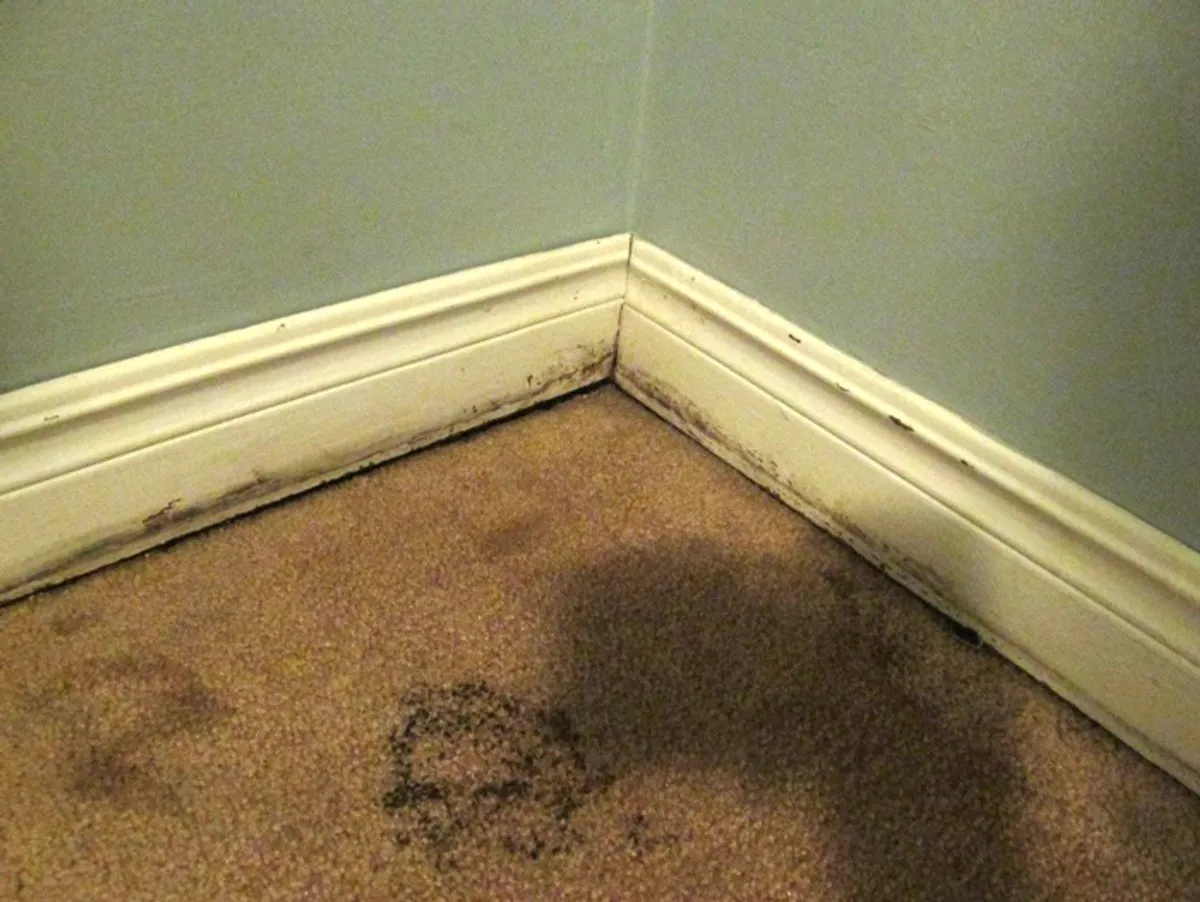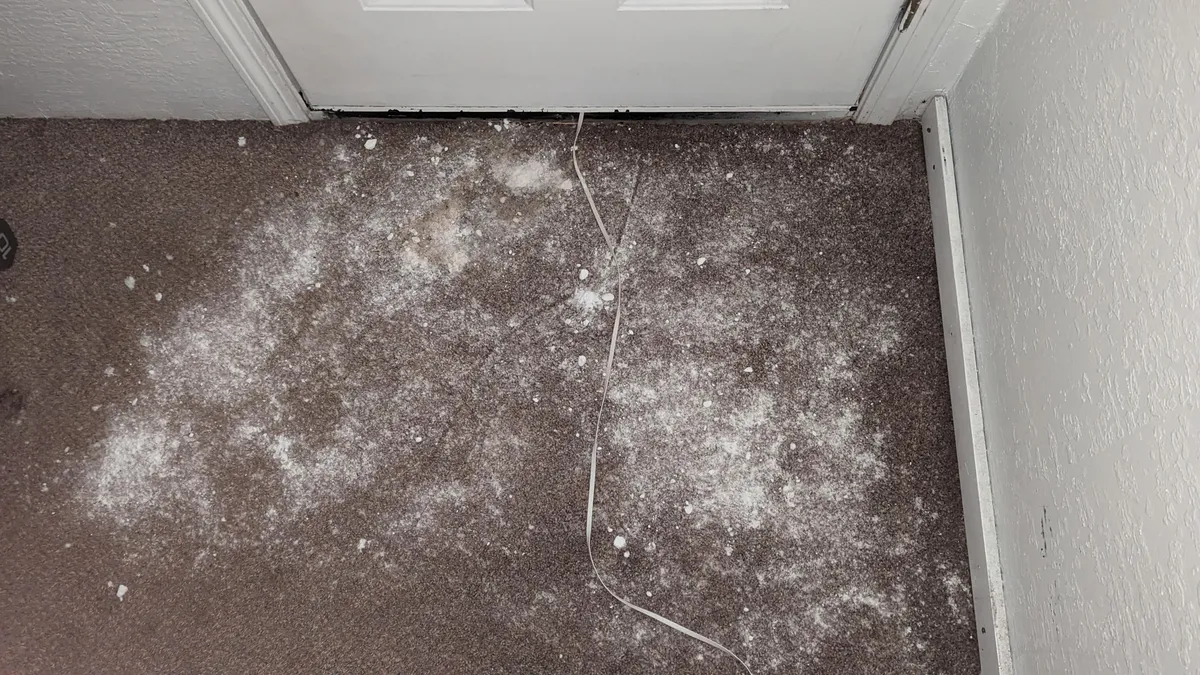the mistakes i made by not preventing carpet mold early
Dealing with mold on carpets is something I wouldn’t wish on anyone. It’s frustrating, time-consuming, and can seriously damage not only your carpet but also the air quality in your home. I can still remember the moment I first noticed the smell. It started with a faint mustiness, but over time, the scent grew stronger and more unpleasant. At first, I didn’t think much of it – maybe a small spill, or perhaps just a minor issue. But little did I know, I was ignoring one of the most common home problems: mold on the carpet.
In this article, I’ll share the mistakes I made by not preventing carpet mold earlier. I’ll explain why it’s essential to address this issue as soon as you notice it and how to avoid making the same mistakes I did. If you’ve found yourself in a similar situation, don’t worry. You can still fix it, and I’m here to guide you.
1. Ignoring the Signs of Moisture Build-Up
One of the biggest mistakes I made was not paying attention to the early signs of moisture accumulation in my carpet. It’s easy to dismiss a little dampness or assume that a spill will dry on its own. But mold loves moisture, and even small amounts can quickly lead to growth.
Looking back, I realize that I should have noticed the small, subtle signs of excess moisture earlier. A wet carpet after a spill, a small leak, or even humidity in the room – these are all indicators that mold is just around the corner. The best way to get mold out of carpet is to act fast when you notice any signs of water or dampness. Waiting too long, as I did, only makes the problem worse.
What I Should Have Done:
The moment I noticed any dampness, I should have dried the area immediately. Whether it was from a spill, a leak, or the humidity in the air, drying the carpet right away would have prevented mold from settling in. Simple tools like fans or a dehumidifier can make all the difference.

2. Not Taking Immediate Action After a Spill
Another mistake I made was not acting fast enough after spills or wet areas on the carpet. It’s easy to assume that a quick wipe-up will do the trick, but mold doesn’t need much time to grow. Even after cleaning up a spill, I would sometimes leave the area damp, thinking it would dry naturally. This was a major oversight on my part.
When it comes to the best way to get mold out of carpet, one of the key steps is taking immediate action. Mold can grow within 24 to 48 hours, so if you don’t properly dry your carpet after a spill or wet event, you could be inviting mold to take hold.
What I Should Have Done:
After each spill, I should have used a fan or placed a towel on the area to absorb excess moisture. If possible, I should have lifted the carpet to ensure that the padding underneath was also dry. By doing this, I would have stopped mold from forming before it even had the chance to start.
=>>> Don't miss out! All the information you need about how to remove mold from carpets is right here.
3. Neglecting the Importance of Carpet Padding
One mistake I made was overlooking the role of carpet padding in mold prevention. Carpet padding absorbs moisture, and if it gets wet, it can trap moisture underneath the carpet for long periods of time. This creates an environment where mold can flourish.
In my case, the mold problem wasn’t just in the carpet fibers. It was also deeply embedded in the padding. Unfortunately, because I didn’t pay attention to the padding underneath, the mold continued to spread even after I cleaned the carpet surface.
What I Should Have Done:
When cleaning mold from the carpet, I should have also checked the padding beneath it. If it was wet, it needed to be dried or replaced to prevent further mold growth. This is especially important if the carpet has been exposed to significant moisture.

4. Relying Too Much on DIY Solutions Without Understanding the Root Cause
Another big mistake I made was relying too heavily on DIY cleaning solutions without truly understanding the root cause of the problem. While vinegar, baking soda, and hydrogen peroxide can be useful for cleaning surface mold, they don't address the underlying issue – the moisture. Without fixing the root cause, the mold would just come back.
I remember using natural cleaning solutions like vinegar to scrub the surface of the carpet, thinking that would solve the problem. But I didn’t realize that mold thrives in the padding or in other hidden areas. The best way to get mold out of carpet is to not only clean the surface but also to address the moisture problem thoroughly.
What I Should Have Done:
I should have called a professional to assess the situation early on. A professional would have identified the root cause of the mold growth and provided a more comprehensive solution, ensuring the problem didn’t return. Sometimes, DIY solutions aren’t enough if you don’t fully understand what’s happening beneath the surface.
=>>> Detailed step-by-step instructions to help you easily remove mold from your carpet at home.
5. Neglecting Preventative Measures After the Mold Was Gone
Even after I successfully removed the mold, I made the mistake of not taking preventative measures to keep it from coming back. It’s one thing to get rid of the mold temporarily, but if you don’t take steps to prevent future growth, it will inevitably return.
I failed to properly manage the humidity in the room and didn’t improve ventilation. Mold thrives in damp environments, and without controlling humidity levels and ensuring proper airflow, I was setting myself up for another round of mold problems.
What I Should Have Done:
After the mold removal, I should have invested in a dehumidifier to maintain a low humidity level in the room. I should have also ensured that the room had proper ventilation by opening windows, using fans, or installing a ventilation system. Regular maintenance of the carpet – including frequent vacuuming and addressing any moisture issues immediately – would have kept mold at bay.

6. Choosing the Wrong Carpet for My Environment
Finally, another mistake I made was choosing the wrong type of carpet for the room. The carpet in the affected room was plush, which, while soft and luxurious, also trapped moisture easily. If I had chosen a more moisture-resistant option, I could have avoided some of the mold problems altogether.
In my case, if I had considered KATAmats, a brand known for providing high-quality, moisture-resistant carpets, I could have prevented mold issues from arising. KATAmats carpets are designed with durability in mind, making them a great choice for homes prone to humidity or moisture.
Conclusion: Learn From My Mistakes and Take Action Early
If there’s one thing I’ve learned from my experience, it’s that prevention is key. Mold on carpets doesn’t have to be a persistent problem if you take the right steps from the beginning. The best way to get mold out of carpet is to address the issue as soon as you notice it, dry any damp areas immediately, and make sure to prevent moisture from building up again.
By understanding the cause of mold, acting quickly after spills, checking your carpet padding, and maintaining a dry environment, you can avoid the issues I faced. So, don’t wait – take action today and protect your carpet (and your health) from mold.